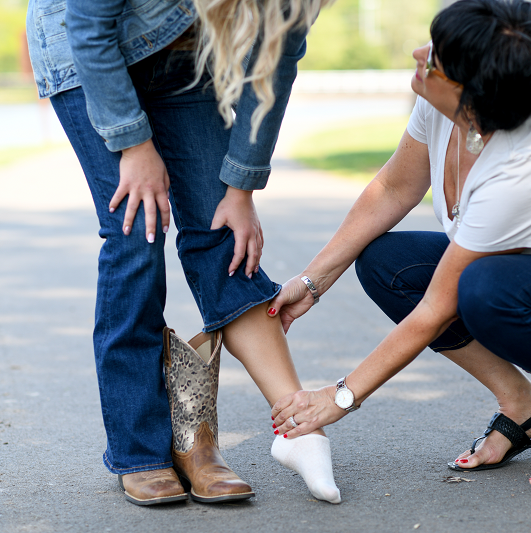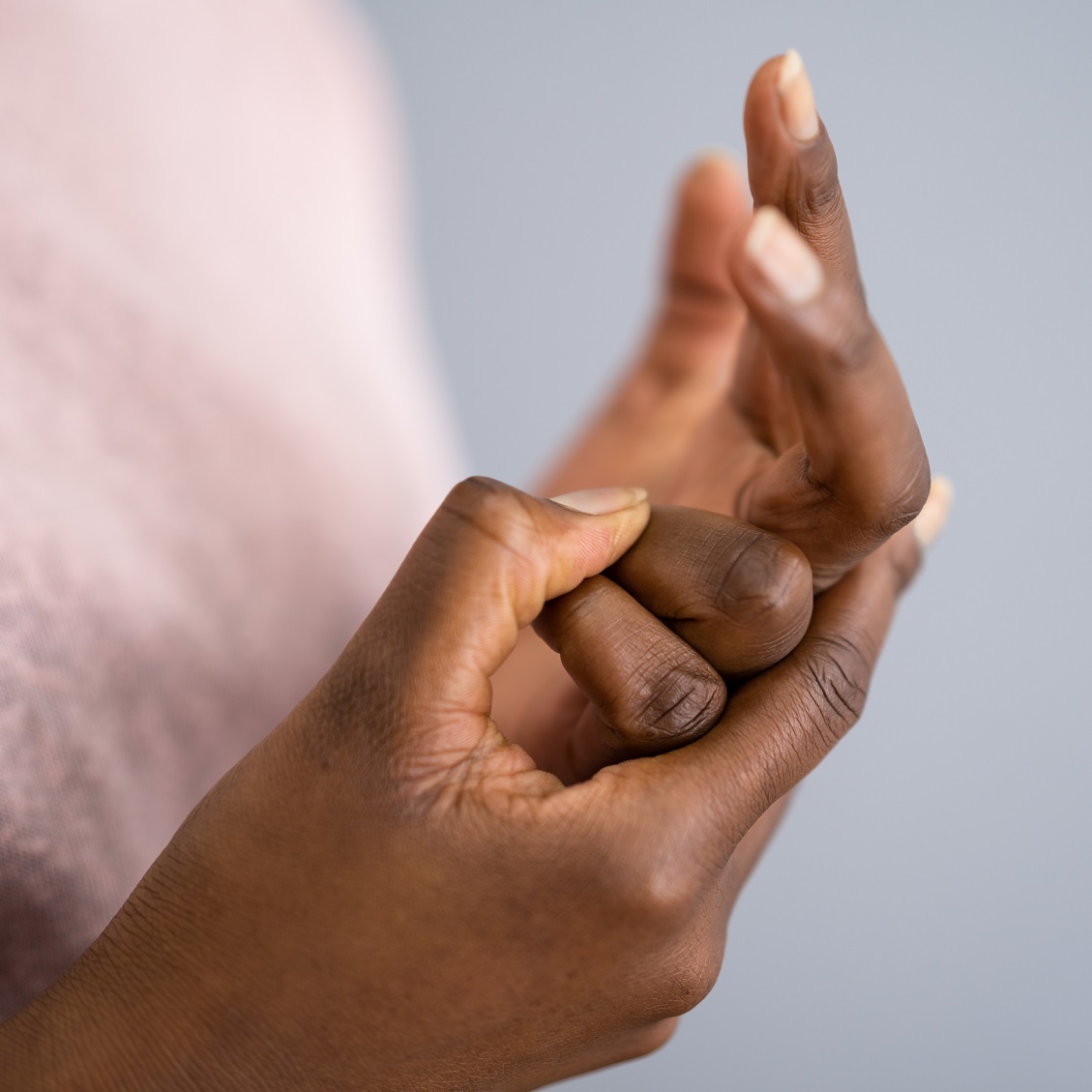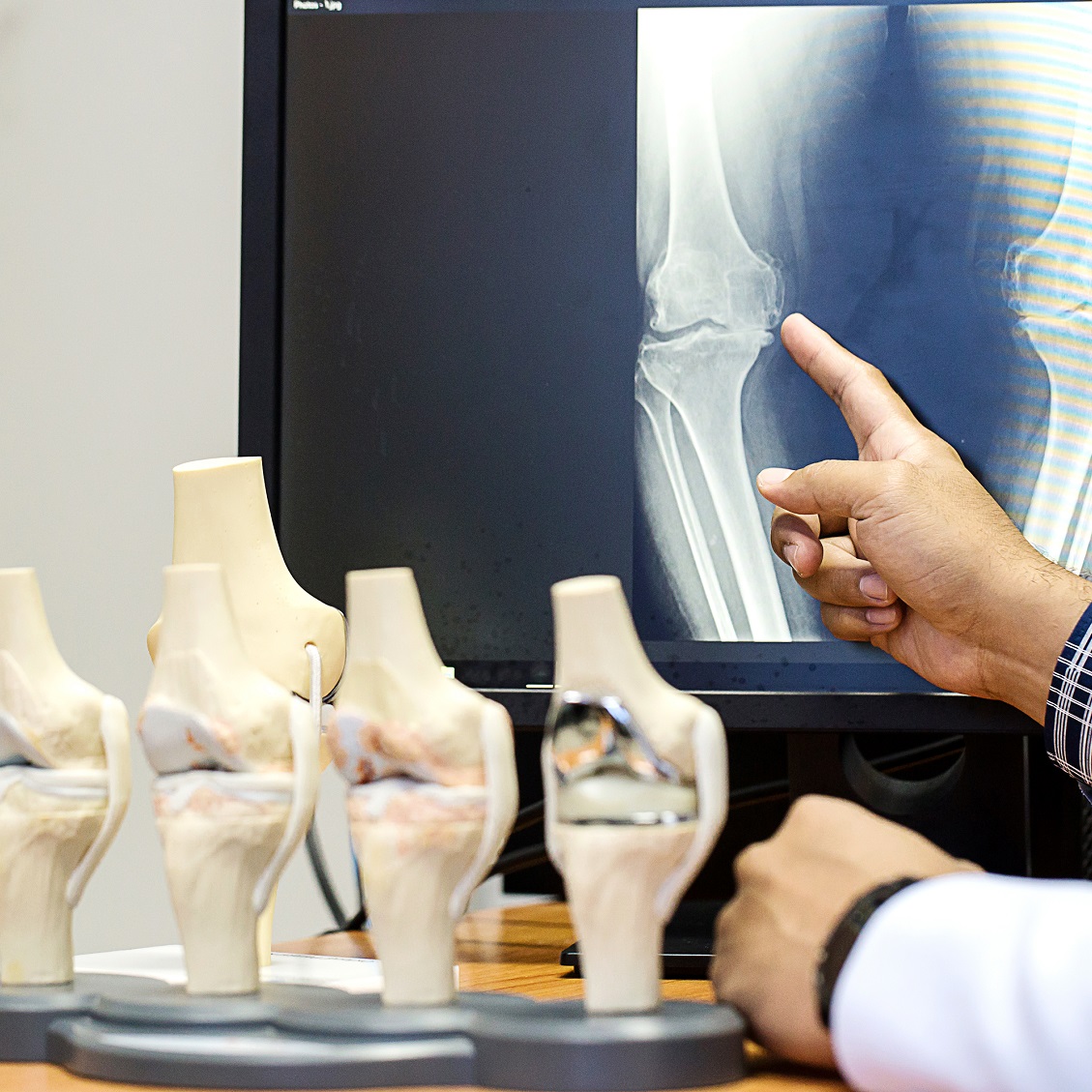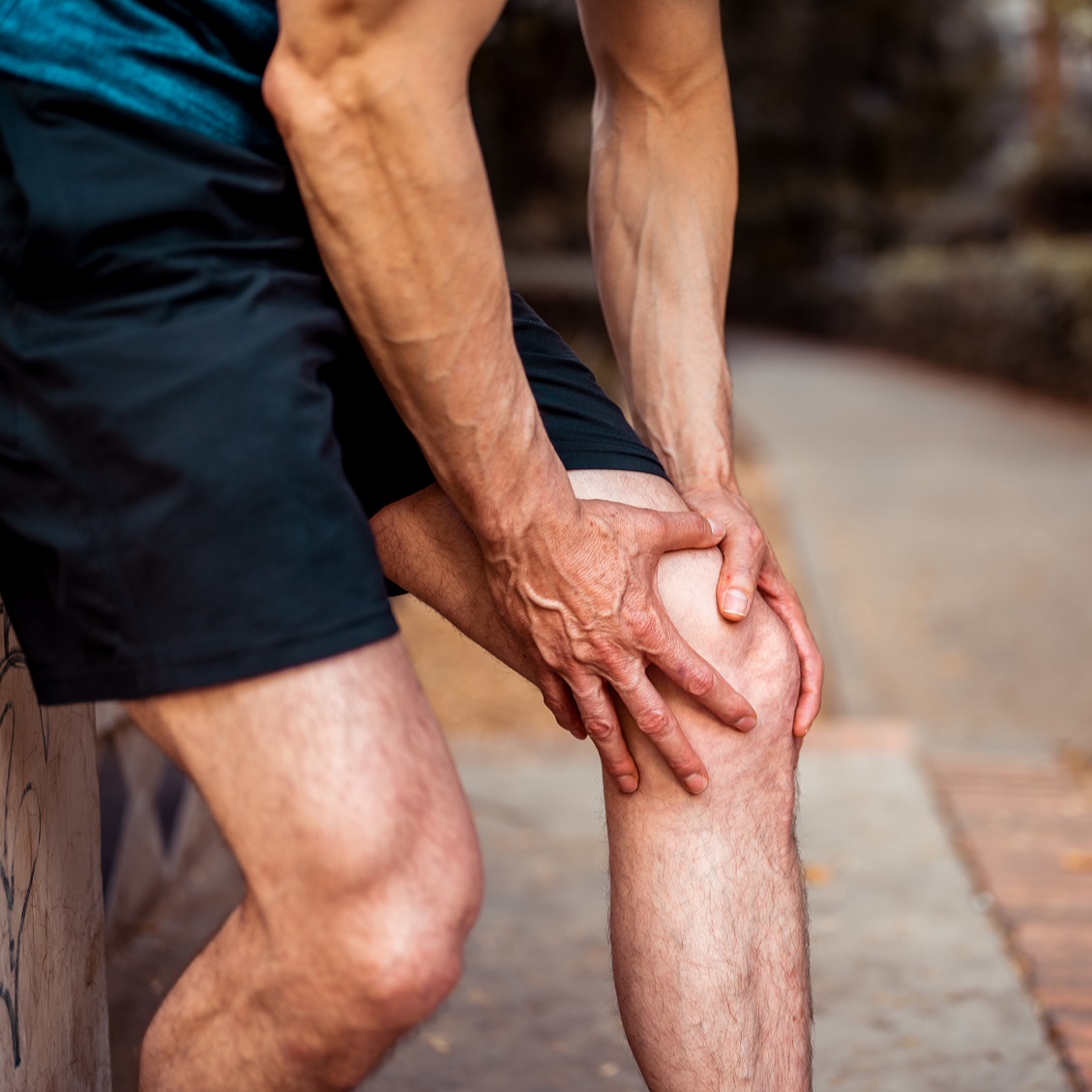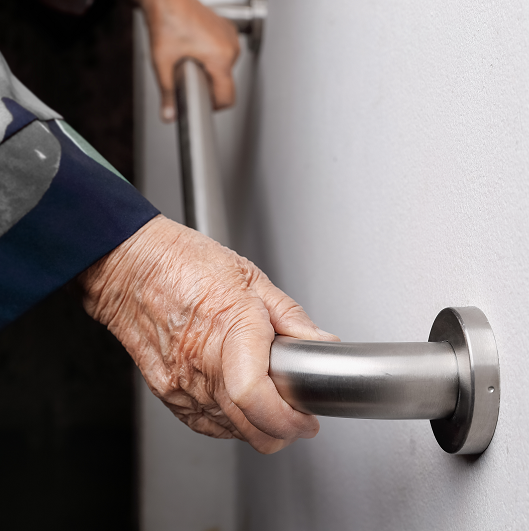Bunion Relief: Is it Possible Without Surgery?
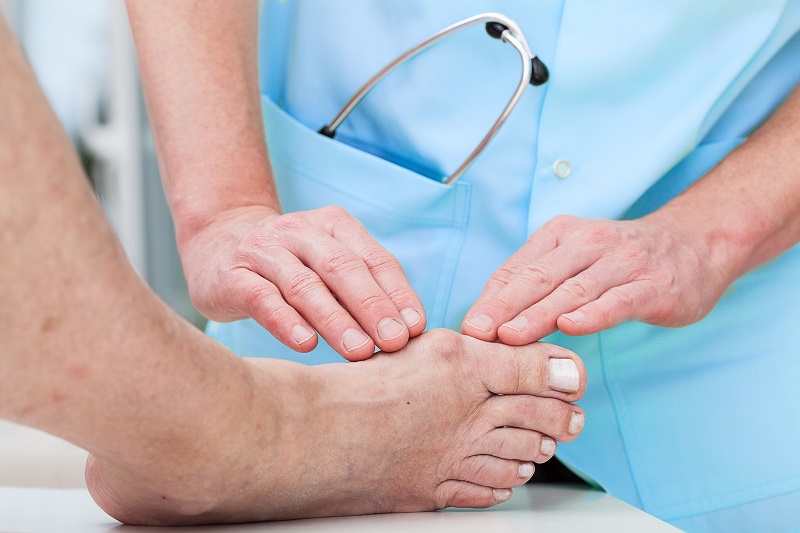
November 02, 2022
Redness, swelling, joint pain, corns and calluses – a bunion can be a lifelong struggle. While surgery is the only way to correct the foot’s structure, there are steps you can take to find bunion relief before considering surgery.
Tayyaba Hasan, D.P.M., a podiatrist who specializes in foot and ankle surgery, shares what a bunion is and how to find relief without surgery.
What is a bunion?
A bunion is a foot deformity that occurs on the outside of your big toe joint, traditionally with a bulging bump. “The word bunion actually originates from the word turnip – perhaps because the bump can resemble a turnip,” Dr. Hasan says. “Medically, we determine the severity of the deformity based on the angles between the bones of your foot – you can have a mild, moderate or severe bunion.”
Why do you get a bunion?
“Genetics play a huge factor in whether or not you’ll develop a bunion. I always tell my patients that unfortunately, or fortunately, we get our feet from our family,” shares Dr. Hasan. Additional factors that can cause a bunion include:- Rheumatoid arthritis
- Gout
- Certain traumas like a fracture or imbalance of the big toe joint
- Flat feet
- Prolonged wear of narrow or high heeled shoes
How early can a bunion be detected and is there a way to prevent them?
“There are some children who do have bunions, and it’s important to figure out the cause so we can prevent it from progressing,” shares Dr. Hasan.
Bunion prevention can start with appropriate shoe gear:
- Implementing orthotics
- Wearing shoes that properly fit and provide support
- Choosing wider shoes that don’t rub on the toe joint bone
“Rubbing will cause the bone to grow and can be the cause of your bunion pain. For example, if you’re constantly rubbing your knuckles on the counter, or your toe joint is constantly rubbing against your shoe, there will be more bone growth in response to the stress put against that bone,” says Dr. Hasan.
What treatment options are available for bunions?
Along with orthotics, appropriate shoe gear is key to support any structural deformity from a bunion, and alleviate the irritation on your joints.
Look for shoes that provide:
- Appropriate width at the ball of your foot (where your toes are attached)
- A supportive arch to prevent overpronation
- Low or no heel to avoid added pressure on the toe joint
“Some patients have asked about ‘bunion correctors’ they’ve seen advertised online, however there is no science to back their efficacy,” says Dr. Hasan. “What I tell my patients is, if it makes you feel better, great, but I wouldn’t go out of my way to buy it since they aren’t proven to work.”
When should you consider bunion surgery?
Bunion surgery is appropriate when the pain associated with your bunion affects your day-to-day life and well-being, shares Dr. Hasan.
“We want to exhaust all conservative approaches first, like shoe gear and orthotics, before coming to surgery,” adds Dr. Hasan. “If you’re not exercising or won’t go out with your kids because of your pain, I’d consider surgery, but if it’s because you want to wear heels, I wouldn’t recommend it, as even with surgery, there is a risk of your bunion coming back.”
Next Steps & Resources:
- Meet our source: Tayyaba Hasan, D.P.M.
- To make an appointment with Dr. Hasan or a health care provider near you, call 800-822-8905 or visit our website.
The material provided through HealthU is intended to be used as general information only and should not replace the advice of your physician. Always consult your physician for individual care.
